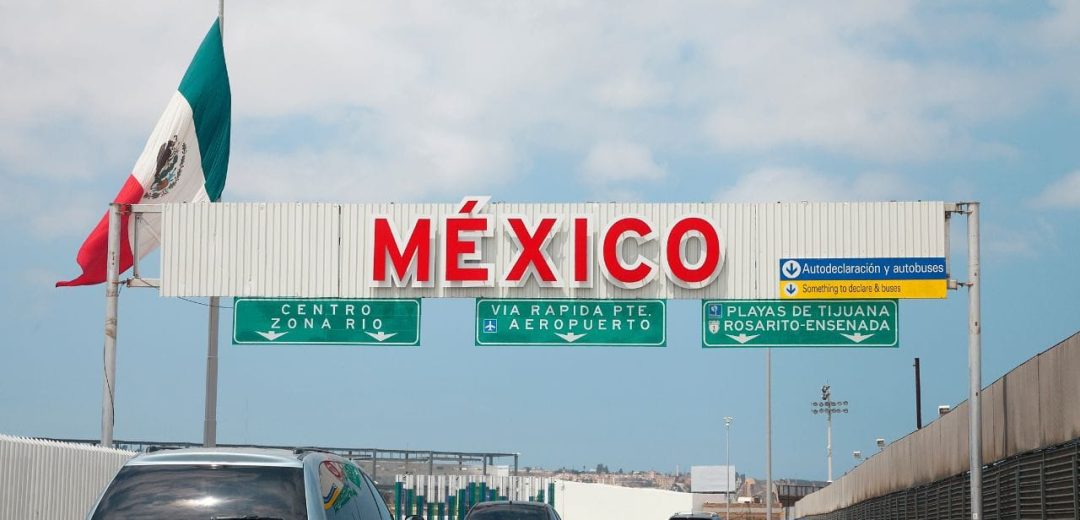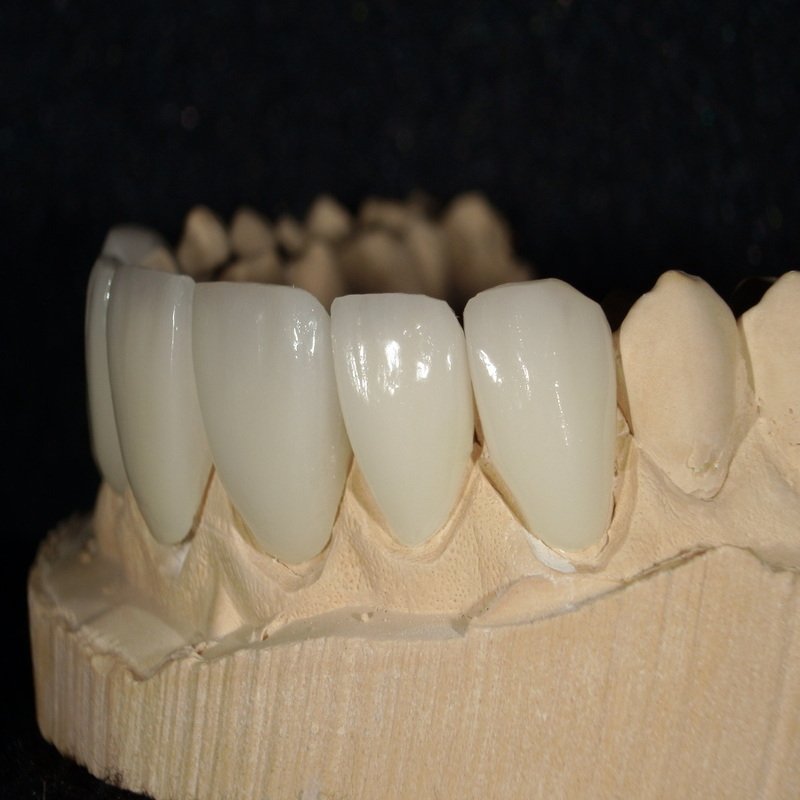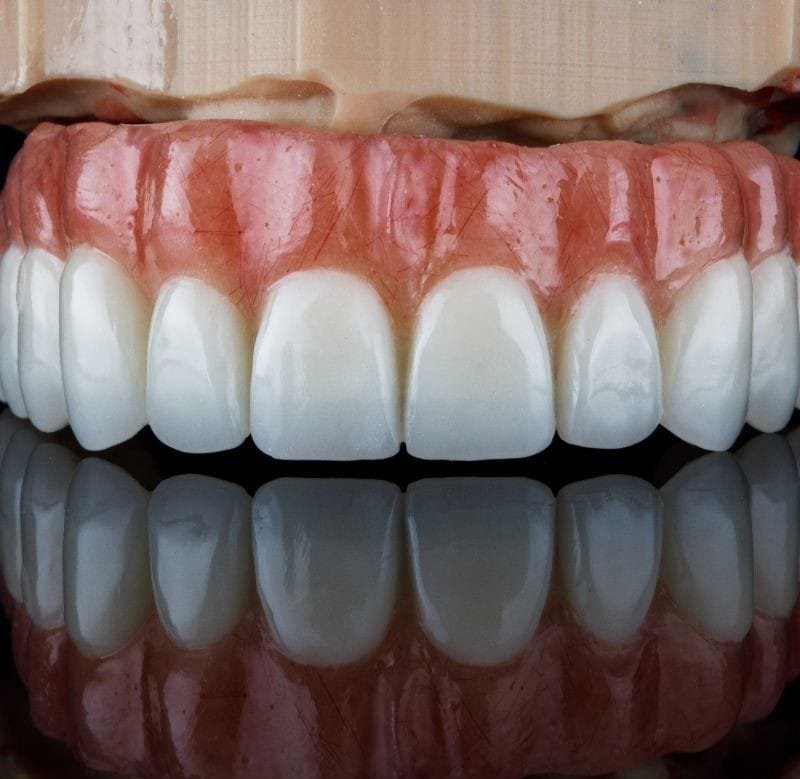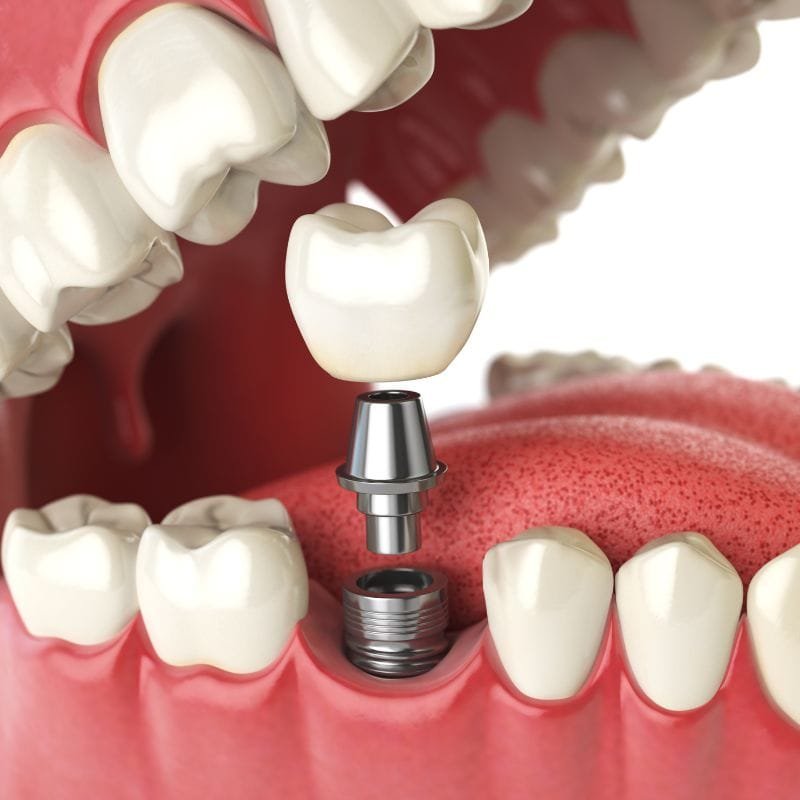Dental Tourism Mexico: An Affordable Solution for your Dental Needs
Dental tourism along the Mexican borders began a few decades ago, with American tourists among the first to tour Mexico for dental services. Towns such as Nogales and Tijuana were among the first towns to receive these foreign visitors within the country’s border. This whole process started with a few Americans living across the Mexican border receiving recommendations from their relatives living in Mexico to see Mexican dentists who would offer the tremendous dental services they needed at a lower cost.
The process became popular when seniors living in the border states of Texas, California, New Mexico, and Arizona started seeking the services of the same Mexican dentists across the border. This led to the discovery of state-of-the-art dental and medical equipment in Mexico and a corresponding spread of this new great revelation to fellow seniors and other citizens. In the ’90s, dental tourism was a norm and was widely practiced by Americans, which later spread to other countries bordering Mexico.
Today, an American would prefer a Mexican dentist to the one a few blocks away from his/her apartment because Mexican counterparts offer an attractive price and quality.
Why Dental Work in Mexico is Peculiar
Several factors make the dental services in Mexico stand out above the standard dentists offer in neighboring countries like the US. Let’s have a glimpse of these factors.
Dental Work Costs
The prices offered by Mexican dentists are undoubtedly one of their key selling points. This factor has attracted many of Mexico’s neighbors to flood its dental market. Most American dental tourists have saved up to 70% of the total cost compared to what they would have been charged if they opted for the same services at home.
So, how exactly do these prices look? Am I merely exaggerating? Well, let’s examine some of the Mexican dentists’ services and how much they charge for each service compared to their northern neighbors, the Americans.
The Comparison of Prices in Dental Work between America and Mexico
Dental Procedure | Price in the US | Price in Mexico |
$ 1,500 | $ 750 | |
$1,500 | $250 | |
$ 1,300 | $ 180 | |
$ 2,000 | $ 350 | |
Total Denture Composite or Porcelain Teeth | $ 2,000 | $ 350 |
Partial Denture – Flexible Frame | $ 1,800 | $ 400 |
Partial Denture – Metal Frame | $ 1,400 | $ 350 |
$ 20,000 | $ 8,950 | |
Porcelain-Fused-to-metal (PFM) Bridge | $ 1,200 | $ 180 |
Zirconia Crown | $ 1,700 | $ 450 |
Complete Denture, Acrylic Teeth (Upper or Lower) | $ 2,000 | $ 250 |
Complete Denture, Immediate, or Healing (Upper or Lower) | $ 1,495 | $ 480 |
High-Quality Dentistry
Low prices offered by Mexican dentists are the tip of the iceberg of why tourists flock to Mexican towns for dental services. Their quality also moves hearts in America and neighboring countries, a factor you would not like to miss out on as a dental patient. Regular dental tourists occasion the Mexican border towns for this reason.
State-of-the-art dental facilities, filled with modern equipment such as Intra-oral cameras, flat-screen monitors, and panoramic and digital X-rays, are operated by highly qualified Mexican dentists who showcase the high-quality services you can receive at these facilities.
Mexican dentists are only highly qualified with a sweat. They travel worldwide for excellent dental training, with US dental schools being their favorite destination. In the end, what comes out is a fully equipped dentist who is ready to handle all your teeth issues perfectly.
Tourism Destination
Mexico has some of the most captivating tourist destination towns, such as Tijuana. You would not only be going for exceptional dentistry services in Tijuana but also have the chance to visit some of the iconic places in the town, such as the Tijuana IMAX Theatre and the Abraham Lincoln Statue. Mexico is full of beautiful beaches and inland adventures that would be befitting for a dentist tourist. Visiting beaches such as Cancun and the Mayan Riviera, Puerto Vallarta, Cabo San Lucas, the Los Cabos Corridor, and the Ixtapa and Zihuatanejo, among others, would not only leave you relaxed and thrilled but also relieve your tooth after dentist-pains.
Popular Dental Services Available in Mexico
Full Mouth Restoration
This involves replacing all the teeth in a patient’s mouth. It is a process that applies the science of restorative dentistry to improve the general health, function, and appearance of the patient’s mouth. If you have dental problems, this service would be ideal.
Dental Bridge
A dental bridge is a false tooth your dentist uses to fill in the gaps between your teeth. The false teeth, also known as Pontic crowns, are held in place by the abutment teeth on each side of the gap. They are mostly made of porcelain to blend in with other teeth; gold can also be used to make the Pontic tooth.
Denture
A denture replaces missing teeth and the surrounding tissues that can be removed and returned at will. Dentures exist in two forms: complete and partial dentures. Full dentures can either be conventional or immediate. Traditional dentures are ready for placement in the mouth about eight to twelve weeks after the tooth is removed. At the same time, immediate dentures are created in advance and can be fitted in immediately after the tooth is removed.
Partial dentures, on the other hand, consist of replacement teeth that are usually attached to a pink plastic base that resembles the gums. This plastic base is sometimes connected by a metal framework that holds the denture firmly in the mouth.
Bone Grafting
Losing a tooth or a few teeth can lead to the bones that used to surround these teeth melting away, which, in adverse stages, can distort your facial appearance. Bone grafting is therefore done to revert this impending disaster. The process is achieved by a minor surgical procedure that includes an incision made to your gum to gain access to the bone beneath it. Grafting materials are then added as a gel, putty, granules, or powder through an injection to help the body deposit new bone cells.
Conclusion
There is no reason to doubt that dental tourism will continue to grow in Mexico even in years to come. The dental work and services offered are exquisite and cheaply affordable, and the market keeps growing and has healthy competition that works in favor of the patient. Prepare your passport and book a spot on one of these dental tours.



